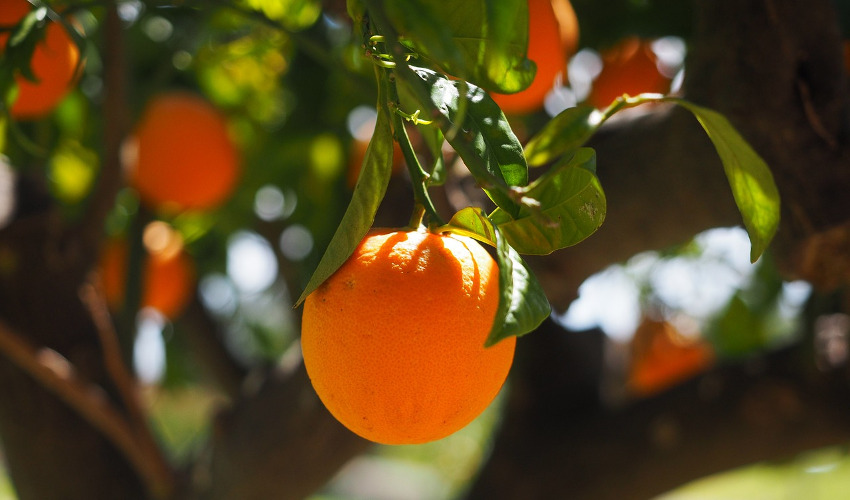Caring for Citrus Trees
Feb 19th 2021

There is nothing quite as delicious or refreshing as a wedge of a juicy orange, a cool drink of homemade lemonade or a luscious bite of a rich key lime pie. If you want the freshest citrus by growing your own fruits, however, you need to know just how to care for citrus trees to keep them healthy and productive.
Can I Grow Citrus Trees?
Citrus trees have very specialized needs and won't thrive in just any climate. They prefer semi-tropical areas with plentiful sun, and can grow well outdoors in Florida, southern Arizona, southern California and along the Gulf Coast from Alabama to Texas. Slightly north of their native range, smaller citrus trees can still do well in greenhouses, and dwarf versions can be great additions to indoor landscaping in containers just about anywhere. These trees are very intolerant of cold, but with proper care they survive the occasional chill and become stunning and productive plants.
Proper Citrus Tree Care
Whether you opt for oranges, tangerines, lemons, grapefruits or any other types of citrus trees, you need to be able to meet their sometimes temperamental needs to be sure they stay healthy and you are able to harvest abundant fruit. To care for citrus trees in the best way possible, you need to provide…
- Adequate Soil
These trees do best in sandy loam soil, but can acclimate to any well-drained soil. Avoid soils with high salt contents or any dense, wet soil that can foster root rot. Do not add compost or heavy organic amendments around citrus trees, as these will only retain moisture that can damage roots.
- Plentiful Sunlight
Citrus trees need a minimum of 6-8 hours of full, direct sunlight daily or they will not produce as well. If they are being grown indoors or in an area without enough natural light, supplemental grow lights will be necessary for the best results.
- Proper Planting
Because citrus trees are vulnerable to root rot and do not appreciate damp roots, it is important to plant them only as deep as the root ball. These trees grow year-round and can be planted at any time, but spring plantings are generally best to minimize shock and stress.
- Good Watering
For the juiciest, plumpest fruits, it is important to water citrus trees well. Newly planted trees should be watered 2-3 times per week for the first year, then 1-2 times per week as they mature. The soil around citrus trees should not be allowed to dry out completely, but the top 1-2 inches of soil can dry to ensure the trees are not overwatered.
- Nutritious Fertilizing
The best citrus trees need more than basic fertilization. These trees require a range of micronutrients including boron, copper and zinc, and their needs for nitrogen and iron are generally higher than other trees. Opt for a citrus-specific fertilizer, and note that slow-release formulas typically provide better feeding for these hungry trees.
- Proper Pruning
Any tree will need regular pruning to keep its shape and form, and citrus trees may also need occasional pruning to remove suckers or leggy branches. Freeze damage should also be removed right away to ensure the tree stays healthy and recovers from the chill.
- Cold Protection
All citrus trees are highly vulnerable to low temperatures, and a frost or freeze can be very damaging, especially to younger, less established trees. It is essential to protect these trees from cold with suitable covers or blankets, or using techniques such as properly irrigating the soil and providing safe, supplemental heat when cold snaps threaten.
- Pest Protection
A wide variety of fungus ailments and pests such as mites, aphids and even snails can damage citrus trees. Preventative sprays can be helpful to discourage these types of pests and keep citrus trees healthy, but be sure you use the appropriate product for your citrus type, climate and pest type for the best effectiveness.
Citrus trees can be a challenge to care for, but if you meet the unique needs of these trees it is fun and rewarding to grow your own crop of tasty tropical treats.

